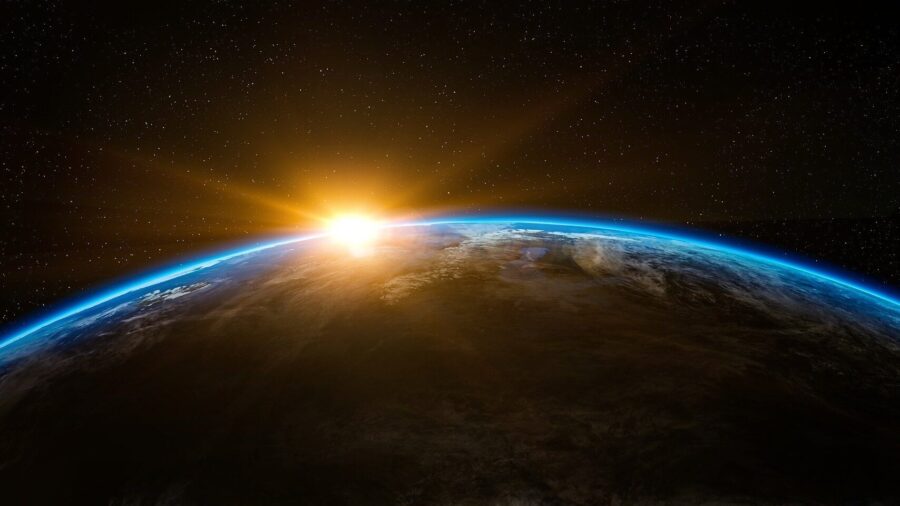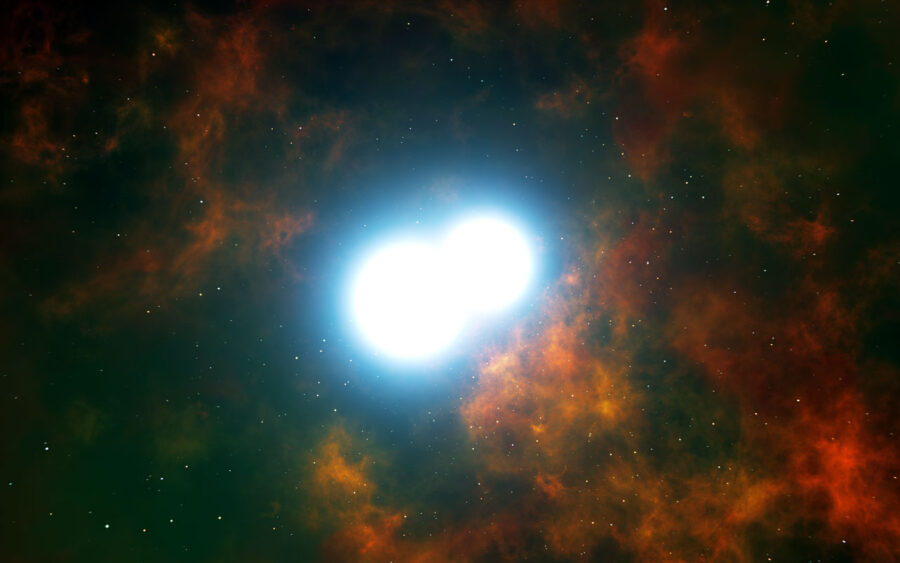Scientists Discovered A Planet That Isn’t Sphere-Shaped
You thought all planets were shaped like ours? Think again!
This article is more than 2 years old

Planets come in all shapes and sizes, right? Well, no. Actually, they don’t. From what we know (and there’s a lot we don’t), while planets do come in all sorts of sizes, most are spherical like our own. But earlier this week, scientists announced they’d discovered something they’d never found before — an oblong shaped planet that scientists are comparing to a rugby ball, and others are calling a potato.
The announcement comes from the European Space Agency (ESA) who calls the planet WASP-103b and says that this is the first time any planet with such a shape has been discovered. The reason for the shape, according to the ESA, is WASP-103b’s proximity to its host star. Located in the constellation Hercules, WASP-103b is close enough to its host star that the star exerts a massive amount of tidal force on the planet. It’s the star’s influence that has forced the planet into its oblong shape.
According to Britannica, the planets in our Solar System — and most of the planets, or exoplanets, we’ve found outside of it — are spherically shaped because “the gravitational force of a planet’s mass pulls all of its material toward the center, smoothing out any jarring non-roundness.” When it comes to those non-planet bodies in our Solar System which aren’t spherical, this is because they don’t have sufficient gravitational force.
WASP-103b was discovered thanks to CHEOPS (or CHaracterising ExOPlanets Satellite), a European space telescope that was launched in December 2019. Finding exoplanets like WASP-103b is precisely what CHEOPS was created for. The telescope is tasked with helping ESA determine the size of exoplanets, and in doing so help determine their density, mass, composition, and formation. According to Futurism, CHEOPS’ discovery of WASP-103b was also aided by data from the Hubble Telescope and NASA’s Spitzer Telescope.

The potato-shaped WASP-103b doesn’t represent the only interesting exoplanet news of the last few months. In December, scientists revealed they’d discovered a planet that was not only 10 times the size of Jupiter — and Jupiter, mind you, is 317.8 times more massive than Earth — but it was in a place where scientists didn’t think planets could form. With the very unpoetic name of b Centauri (AB)b, the huge planet is orbiting a pair of extremely hot dual stars, which — scientists previously believed — should be emitting levels of radiation that would make planet formation highly unlikely if not impossible. The astronomers believe b Centauri (AB)b’s extremely wide orbit — one of the widest ever recorded, over 100 times wider than Jupiter’s orbit around the Sun — could have something to do with how the exoplanet has survived.
Jupiter itself is indicative of how much we have to learn about other worlds. Galileo first identified Jupiter in 1610 and yet as recently as September 2020, the Hubble Telescope returned our clearest pictures yet of Jupiter. Along with the famous Great Red Spot that is in fact a massive storm big enough to swallow to Earth, for the first time scientists noticed smaller counterclockwise spinning clumps on Jupiter’s surface, without being able to say conclusively what they were.












